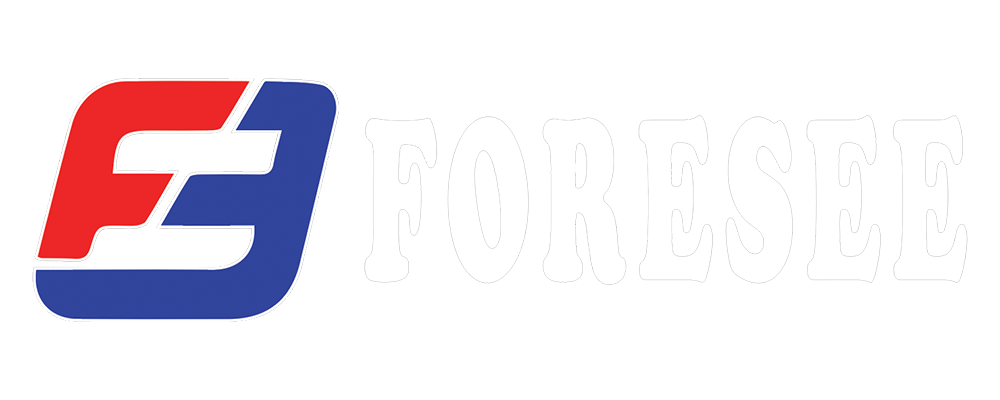-
Coating and Composition:
- E7018: This electrode has a low-hydrogen iron powder coating, which helps prevent hydrogen cracking and allows for a clean, smooth weld with minimal porosity. The coating provides a stable arc and helps create welds that resist cracking.
- E6010: It has a cellulose-based coating that provides deep penetration. The coating is designed for strong, aggressive arcs and rapid solidification, making it ideal for welding through rust, paint, or oil.
-
Weld Appearance and Penetration:
- E7018: Produces a smoother and more aesthetically pleasing weld bead, with less spatter. It is known for its ability to create a ductile and tough weld with medium penetration.
- E6010: Known for its deep penetration, which is critical for welding root passes and structural welds. However, the weld bead appearance is rougher, and more cleaning is required.
-
Current Type:
- E7018: Works with both AC and DC currents, offering more versatility in welding machine compatibility.
- E6010: Used primarily with DC+ (direct current electrode positive), where it performs best.
-
Strength:
- E7018: Has a tensile strength of 70,000 psi, which is excellent for general structural applications where strength is important.
- E6010: It has a lower tensile strength of 60,000 psi but offers excellent penetration for critical welds, especially in root passes.
-
Weldability and Operator Appeal:
- E7018: Easier to use for welders who need cleaner, crack-resistant welds, as it produces a smooth bead and doesn't require as much skill to control. It has a stable arc and is easier for less experienced welders.
- E6010: Requires more skill to handle due to its fast-freezing slag and aggressive arc. It’s typically used by experienced welders, especially for out-of-position welding or when deep penetration is essential.
Applications and Best Uses:
-
E7018 Applications:
- Structural steel, such as in construction and heavy machinery.
- Pressure vessels and pipelines where low-hydrogen electrodes are needed to prevent cracking.
- Welding thicker sections of steel and important joints requiring toughness and crack resistance.
- Commonly used in fabrication shops and construction sites.
-
E6010 Applications:
- Pipe welding, particularly for root passes, due to its deep penetration.
- Welding in situations where rust, dirt, or paint cannot be completely removed.
- Used in field welding, such as in construction, shipbuilding, and repair work.
- Ideal for welding on structural steel, bridges, and pipelines.
Best Uses:
- E7018: Best for structural applications requiring strong, tough welds with a cleaner finish and crack resistance. Ideal for professionals working on pipelines, bridges, and heavy-duty projects.
- E6010: Best for deep penetration welding, especially in dirty or rusty environments. This is ideal for pipeline welders and situations requiring strong root passes and high penetration.
Summary:
- E7018 excels in producing strong, tough, and crack-resistant welds with medium penetration and a clean finish, making it suitable for structural applications.
- E6010 is preferred for its deep penetration and ability to weld in difficult conditions, particularly for root passes in pipe welding.

Recent post